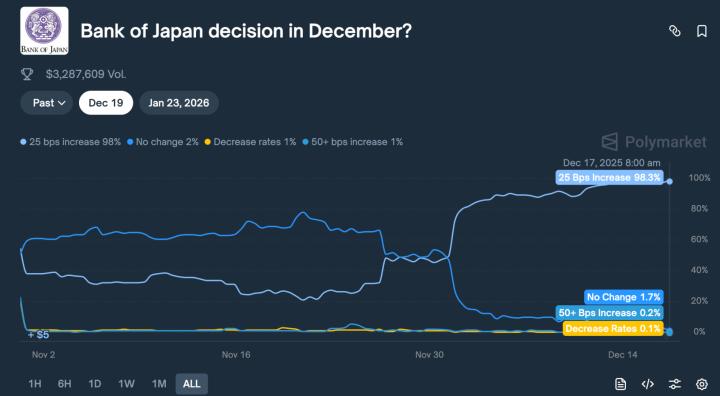What is Walrus?
Walrus is a decentralized storage platform designed to provide faster and cheaper on-chain data storage solutions compared to competitors like Filecoin or Arweave. The special feature of Walrus is its deep integration with the Sui ecosystem, opening up the potential to become a "killer dApp" that helps this blockchain grow strongly.
The project has successfully raised 140 million USD from major funds like a16z, Standard Crypto, along with the participation of many strategic investors. With this massive capital, Walrus is expected to become an important pillar of Web3 infrastructure.
Why are major funds investing in Walrus?
Solving on-chain data storage challenges
Currently, blockchains like Ethereum and Solana face issues with on-chain data storage, including high costs and slow speeds. Solutions like Filecoin or Arweave mainly focus on traditional file storage and are not yet optimized for blockchain data.
Walrus brings a new model that helps store data directly on-chain with higher speed and lower costs.
Sui ecosystem needs a "flagship project"
Sui Network is a Layer 1 blockchain with Move technology, but currently has low Total Value Locked (TVL) and few truly outstanding dApps. In comparison:
- Ethereum has Arbitrum, Solana has Jupiter, Aptos has Thala,
- But Sui does not yet have a project capable of strongly driving ecosystem development.
With the support of major VCs, Walrus could become a pioneering project that helps Sui attract more users and developers.
Multi-chain approach, not dependent on a single blockchain
Although starting on Sui, Walrus plans to expand to other blockchains such as Ethereum, Solana, and Layer 2 solutions. This prevents the project from being limited to one ecosystem, creating opportunities for more sustainable development.
Tokenomics of Walrus ($WAL) – Risks and Potential
$WAL Token Distribution Structure
- Total Supply: 5 billion tokens.
- Distribution:
- 10% Airdrop for Walrus users: 4% will be allocated before Mainnet launch, 6% after Mainnet.
- 43% Community Reserve: For ecosystem development plans like grant programs, hackathons, developer support.
- 30% Core Contributors: Allocated to members who contributed to building Walrus from the early stage.
- 10% Subsidies: Support storage nodes when transaction fees increase.
- 7% Investors: Reserved for funds that participated in Walrus's funding rounds.
Tokenomics Risks
If token unlocks are too large in a short period, $WAL may face strong selling pressure.
Many recent airdrop projects like Arbitrum and Starknet have faced issues with selling pressure after airdrop. Walrus has a smart tokenomics mechanism to control circulating supply and encourage users to hold tokens instead of selling.
$WAL Price Analysis and Growth Potential
- Price prediction based on supply and demand:
- If Walrus successfully attracts real developers and users, $WAL demand will increase.
- Token unlocks in the first 3-6 months will determine price trends.
- Comparing with Filecoin ($FIL), if Walrus captures 10% of Filecoin's market share (current $FIL market cap is 2 billion USD), $WAL could reach a market cap of 200 million USD.
Price Support Factors:
- If Walrus implements staking or fee burning mechanisms, token price could be more stable.
- Integration with multiple projects on Sui will create real demand instead of just speculative token trading.
What Does This Mean for Sui Network?
Strengthening Investor Confidence in the Sui Ecosystem
a16z and Standard Crypto investing in a Sui ecosystem project is a strong signal showing Sui is attracting major funds' attention. This could pave the way for more projects to enter Sui in the future.
Helping Sui Build Competitive Advantages
If Walrus succeeds, Sui could become a decentralized storage center for Web3, similar to how Solana became a center for DeFi and Non-Fungible Tokens. This is a significant advantage in attracting new users and developers.
Increasing Liquidity and Value for $SUI
A powerful project like Walrus will attract capital flow into the ecosystem, helping increase Sui's liquidity and creating momentum to increase $SUI's price.
Risks & Challenges
Despite its great potential, Walrus still faces some risks:
- Competition from other blockchains: Ethereum and Solana might develop similar solutions.
- Actual adoption: Filecoin, despite its large market cap, has not yet achieved mainstream adoption. Can Walrus do better?
- Is Sui Network strong enough to support Walrus? If Sui does not develop quickly, Walrus might need to find another platform to expand.
Major VCs investing in Walrus is not just a sign of a promising project, but also an important turning point for the Sui ecosystem. If Walrus succeeds, it could reshape the decentralized storage industry and elevate Sui to a new level.
What do you think about Walrus's potential? Can it become Sui's "killer dApp"? Please leave a comment!







